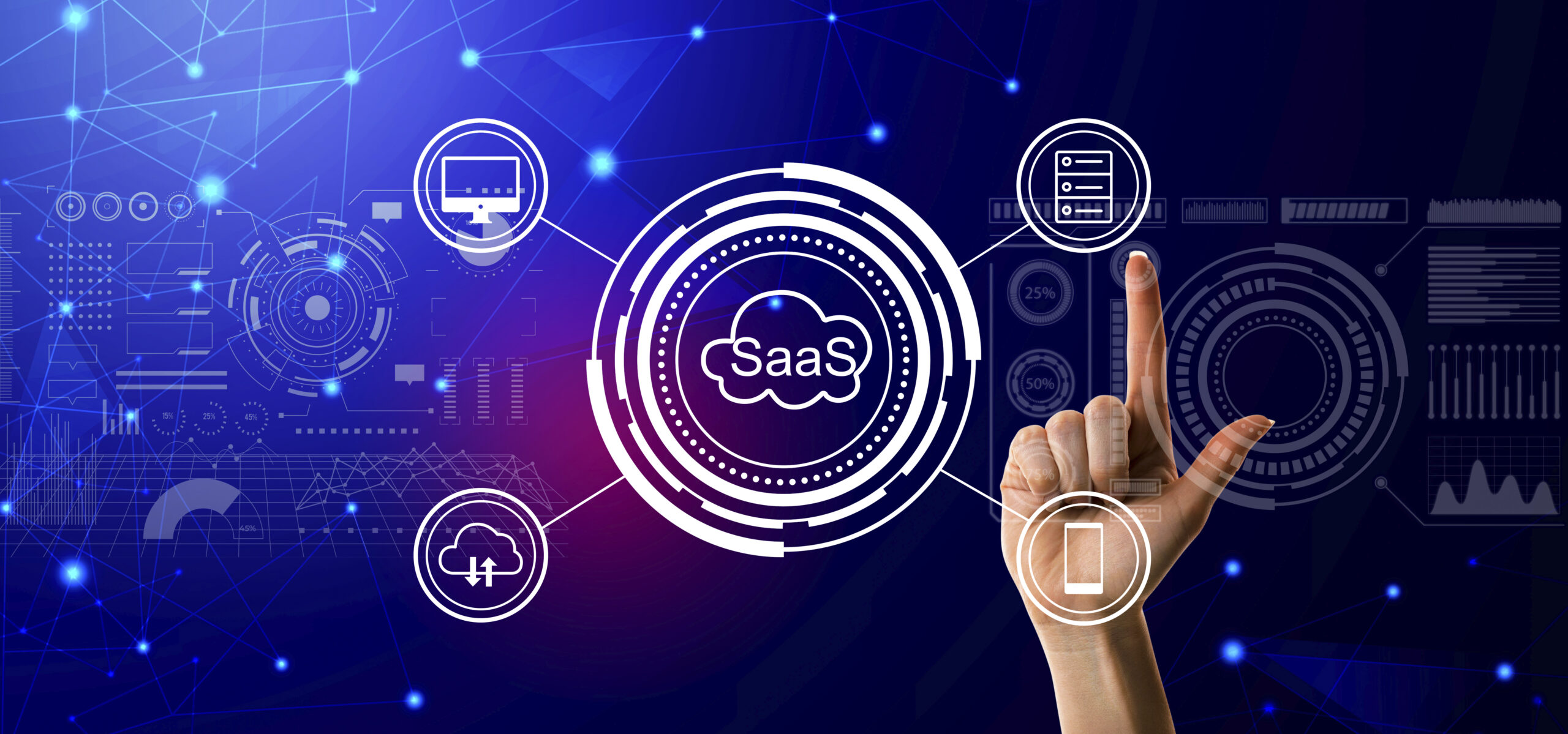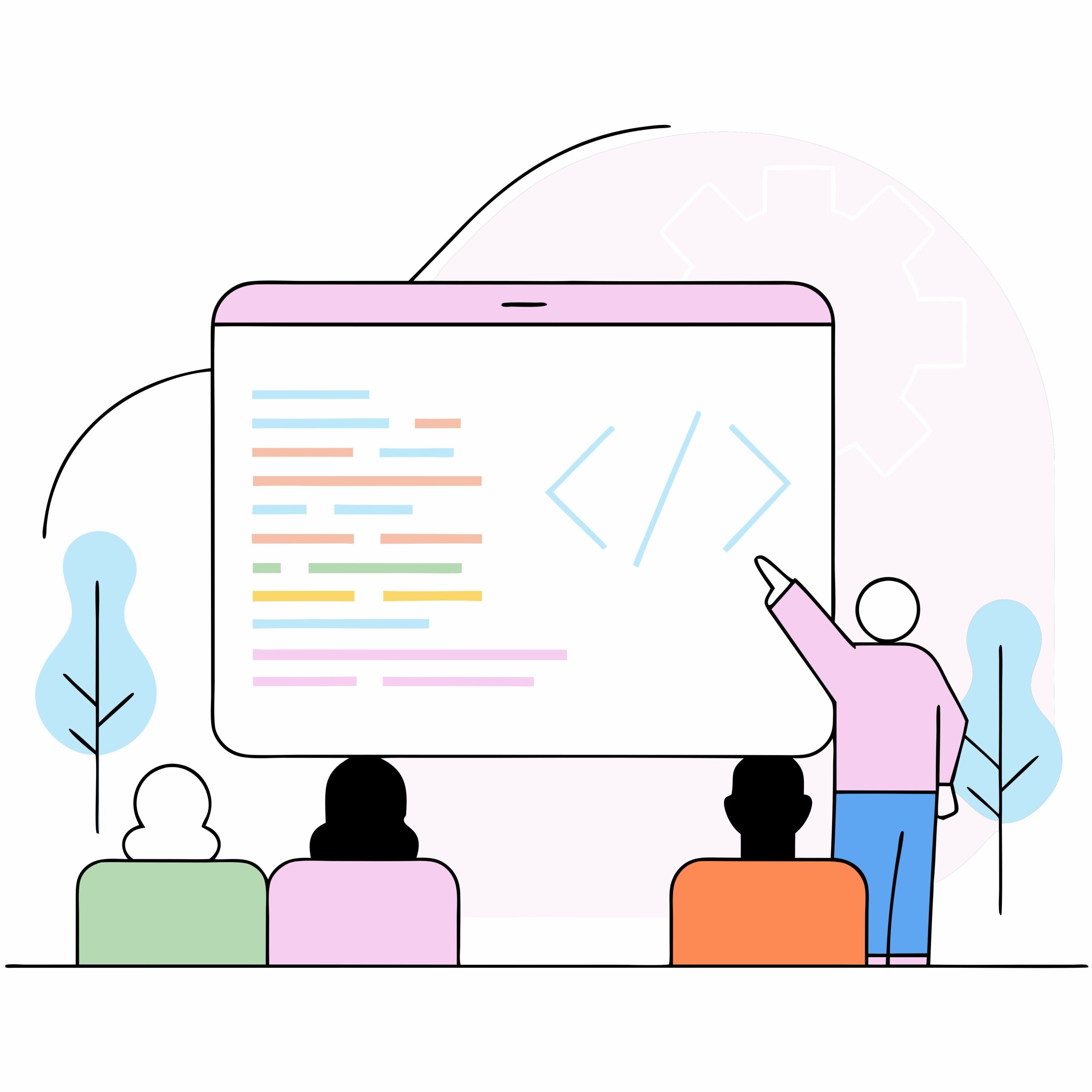In the modern era of business automation, ERP software has emerged as a backbone for organizations looking to integrate their processes, enhance efficiency, and make data-driven decisions. But what does ERP really mean? This guide explains the meaning, components, benefits, and applications of ERP software in detail—especially for small, medium, and growing businesses in 2025.
What is ERP Software?
ERP stands for Enterprise Resource Planning.
ERP software is a centralized system that allows organizations to manage and integrate their core business processes in real time. These processes typically include:
- Accounting and Finance
- Inventory Management
- Human Resources
- Customer Relationship Management (CRM)
- Procurement and Supply Chain
- Sales and Marketing
- Manufacturing and Production
An ERP system serves as a single source of truth, enabling businesses to eliminate data silos, reduce manual errors, and automate routine tasks.
ERP Software Meaning in Simple Terms
Imagine all departments of your company—sales, HR, accounts, operations—using different software. Now imagine a single platform where everyone works collaboratively using a shared database, with all data updated live. That’s what ERP does—it connects people, processes, and data.
It is the digital nerve center of a business that synchronizes everything and empowers leaders with real-time insights.
Key Components of ERP Software
1. Financial Management
Handles all monetary aspects like budgeting, accounting, financial reporting, tax compliance, and payroll.
2. Inventory & Supply Chain Management
Tracks inventory, warehouse operations, supplier relationships, order processing, and delivery schedules.
3. Human Resource Management (HRM)
Manages employee records, hiring, attendance, performance tracking, and payroll processing.
4. Customer Relationship Management (CRM)
Centralizes customer data, leads, and sales pipelines to boost client relationships and customer service.
5. Manufacturing & Production
Automates production scheduling, material requirement planning (MRP), bill of materials (BOM), and quality control.
6. Sales & Marketing
Tracks leads, sales orders, campaign performance, and customer engagement metrics.
Types of ERP Software
1. On-Premise ERP
Installed locally on company hardware and managed by internal IT staff.
Pros: High customization, full control
Cons: Higher upfront cost, complex maintenance
2. Cloud-Based ERP
Hosted on the cloud by ERP vendors and accessed via a browser.
Pros: Affordable, scalable, automatic updates
Cons: Dependent on internet connectivity
3. Hybrid ERP
A combination of both cloud and on-premise systems for flexibility.
Who Uses ERP Software?
ERP software is used across all industries, including:
- Retail and eCommerce
- Manufacturing and Automotive
- Healthcare
- Education
- Construction and Real Estate
- Hospitality and Tourism
- Finance and Insurance
Small businesses, startups, SMEs, and large enterprises all benefit from ERP systems—customized based on their scale and complexity.
Top ERP Software in 2025
Here are some of the most popular ERP platforms in 2025:
- SAP S/4HANA – Enterprise-grade solution
- Oracle NetSuite – Cloud ERP for fast-growing companies
- Microsoft Dynamics 365 – Integrated suite with strong CRM capabilities
- Odoo – Open-source and highly modular
- Zoho ERP – Affordable for startups and small businesses
- TallyPrime – Ideal for accounting-focused ERP needs in India
- Marg ERP – Tailored for retail and pharma businesses
Benefits of ERP Software
1. Centralized Data Management
No more juggling spreadsheets or isolated apps—ERP brings everything into a unified platform.
2. Better Decision-Making
With real-time dashboards and reports, managers get instant insights into performance, finance, and operations.
3. Increased Productivity
ERP automates repetitive tasks, freeing employees to focus on strategic activities.
4. Cost Savings
By eliminating inefficiencies and reducing operational redundancies, ERP reduces long-term costs.
5. Enhanced Collaboration
All departments operate using a common database, improving coordination and communication.
6. Regulatory Compliance
Built-in tools for GST, tax filing, data security, and audit trails ensure you’re always compliant.
Challenges in Implementing ERP Software
- High initial setup cost (for on-premise systems)
- Resistance to change among employees
- Data migration complexity
- Time-consuming training
- Integration with legacy systems
Choosing the right ERP vendor with strong support, training, and customization options can solve these challenges.
ERP for Small Businesses: Is It Worth It?
Absolutely. In 2025, cloud-based ERP systems have become affordable and easy to deploy for small businesses. Platforms like Zoho, Odoo, and TallyPrime provide:
- Modular features (pay for what you need)
- Mobile-friendly dashboards
- GST compliance and e-invoicing
- Quick onboarding and support
Investing in ERP early helps small businesses scale quickly, automate smartly, and compete efficiently.
Future of ERP Software
As we move ahead, ERP software will be powered by:
- Artificial Intelligence (AI) – for predictive insights and automation
- IoT Integration – for smart warehouses and real-time inventory
- No-Code Customization – enabling businesses to tailor ERP without IT help
- Voice Assistants – for hands-free commands and reporting
- Hyperautomation – combining RPA, AI, and ML to streamline entire processes
ERP in 2025 is not just a tool—it’s a strategic asset.
Conclusion
To sum up, ERP software means more than just software—it means efficiency, growth, and control. Whether you’re a startup managing invoices or a manufacturer handling production cycles, ERP unifies your operations under one intelligent roof.














